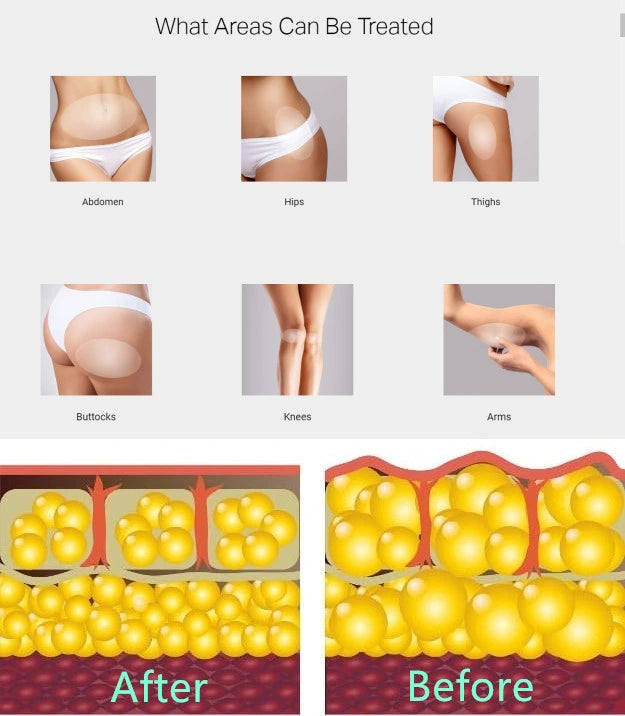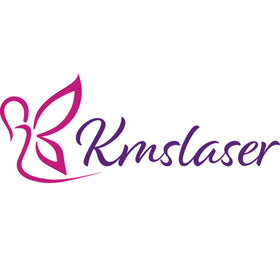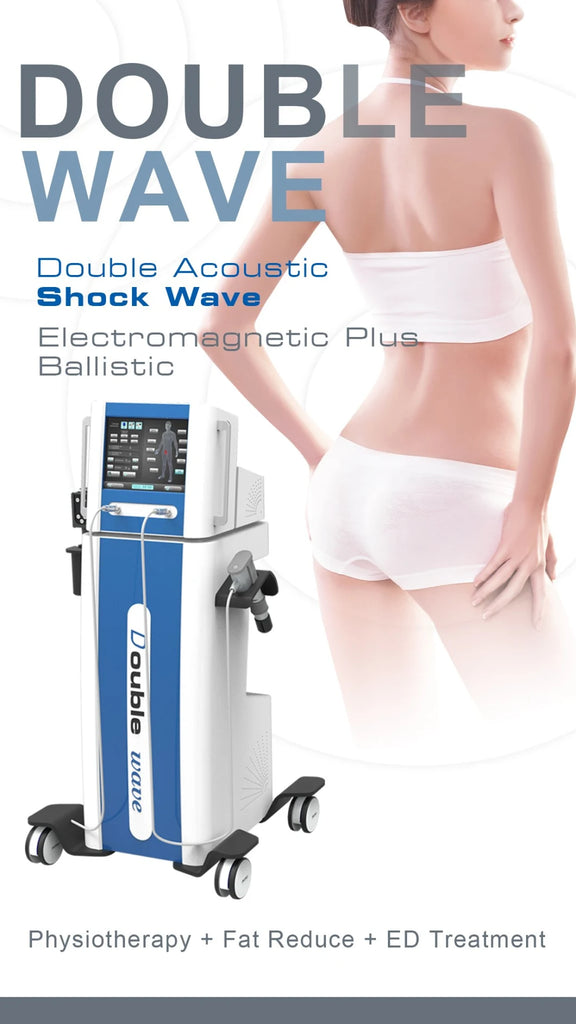Principle of Shock Wave Therapy
Shock Wave Therapy, as the name suggests, is a method of using the energy generated by shock waves to treat diseases. This kind of shock wave is not the sound wave or electromagnetic wave we see every day, but a mechanical pulse pressure wave conducted through the physical mechanism medium air or gas. When shock waves act on human tissue, a series of biological effects will occur, such as osteogenic effects, analgesic effects, and cavitation effects.
Specifically, Shock Wave Therapy changes the chemical environment of the injured area, causing the tissue to produce and release some chemicals that can reduce pain. At the same time, shock waves can also destroy the cell membrane of pain receptors and block the transmission of pain signals, thereby reducing the patient's sensitivity to pain. In addition, shock waves can also stimulate the production of vascular growth factors, promote angiogenesis and improve circulation, and are beneficial to tissue repair and regeneration.
Application of Shock Wave Therapy

Shock Wave Therapy is widely used in the medical field, mainly including the following aspects:
Delayed fracture healing and osteochondral damage diseases: Shock waves can stimulate the proliferation of osteoblasts and collagen synthesis, helping to heal fractures and recover from osteochondral damage.
Chronic soft tissue injuries: such as fasciitis, tendonitis, synovitis, etc. Shock waves can improve local blood circulation, accelerate the removal of metabolic breakdown products, and promote tissue repair and regeneration.
Painful diseases: such as frozen shoulder, tennis elbow and other tendon end diseases, shock waves can reduce pain, increase pain threshold, and improve patients' quality of life.
Andrological diseases: such as erectile dysfunction, prostatitis, etc., shock waves also have certain therapeutic effects.
Advantages of Shock Wave Therapy
Compared with traditional surgical treatment, Shock Wave Therapy has the following advantages:Non-invasive: Shockwave therapy requires no skin incisions or invasive procedures, greatly reducing patient pain and risk of infection.
High safety: Shock wave therapy is performed under the guidance of professional doctors and is easy to operate, safe and effective.
Wide scope of application: Shock wave therapy can be used to treat a variety of diseases, including fractures, soft tissue injuries, painful diseases, etc.
Remarkable results: For many indications, shock wave therapy can reduce or eliminate pain within minutes of starting treatment, and the results are long-lasting.

Possible risks of Shock Wave Therapy
While Shock Wave Therapy has many advantages, there may also be some potential risks and side effects. mainly include:Pain: Shockwave therapy may cause some pain and discomfort, often because the shockwaves exert high levels of pressure and vibration on the treated area.
Bruising and swelling: Shockwave therapy may cause bruising and swelling by damaging some tiny blood vessels, causing localized bleeding and tissue damage.
Allergic Reactions: Before receiving shock wave therapy, patients should inform their doctor if they have any history of drug allergies. Some patients may have an allergic reaction to the drugs or anesthetics used in the treatment.
Increased risk of illness: Although shockwave therapy does not cause serious complications or illnesses, patients' immune systems may be affected during treatment, making them susceptible to bacterial and viral infections.
Nerve damage: During shock wave therapy, nerve damage can occur if too much pressure and vibration is applied. This often results in symptoms such as pain, numbness, and muscle weakness.



